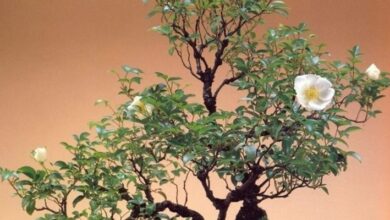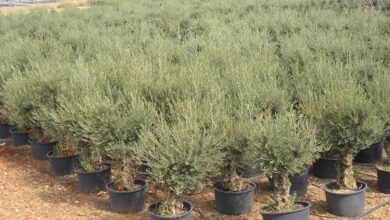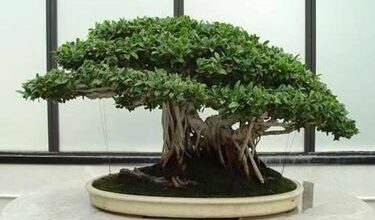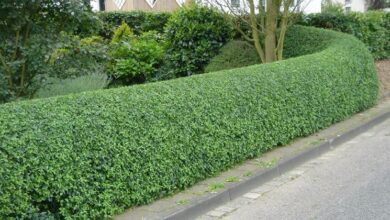Evergreen terrace plants
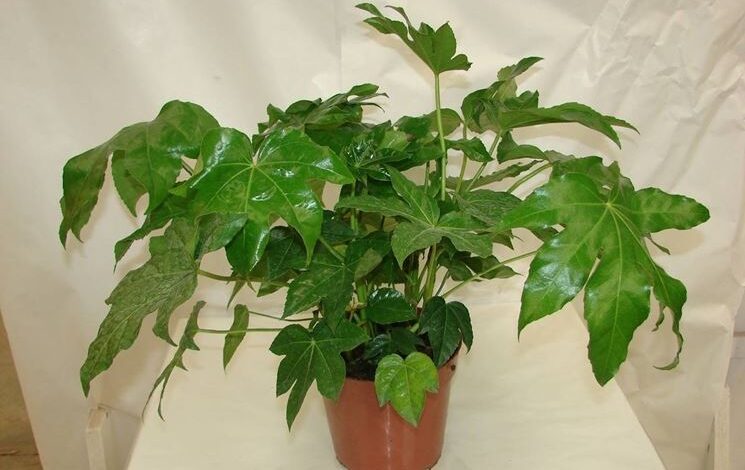
Evergreen terrace plants
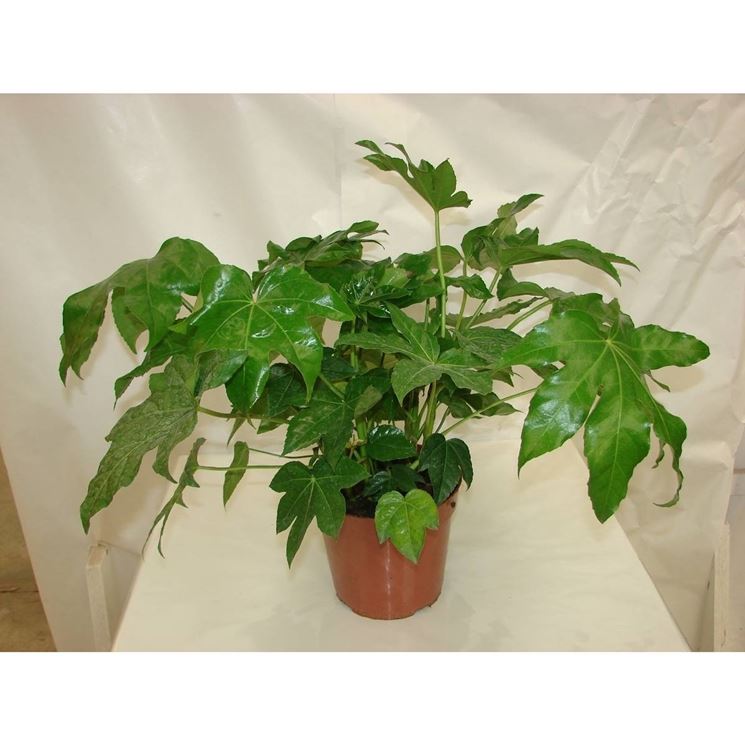
Evergreen patio plants
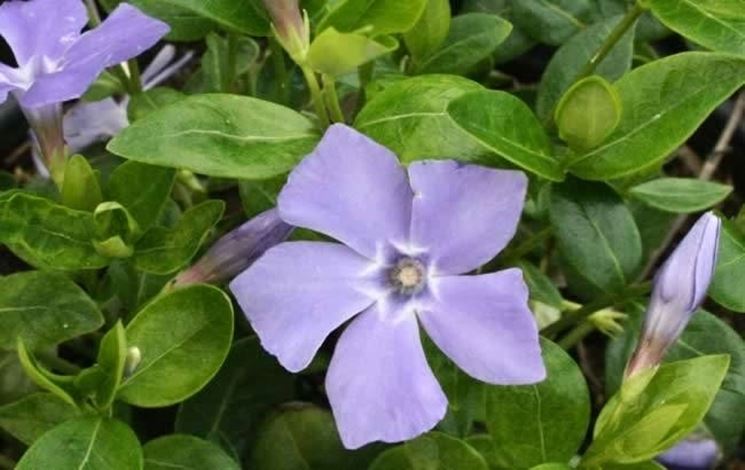
Known more commonly as Periwinkle, there are seven species of Vinca belonging to the Apocynaceae family. Native to Europe and typical of tropical countries, it is one of the most common evergreen terrace plants. The easiest varieties to find are: Vinca minor and Vinca major, ground cover and with similar characteristics, differ in their different sizes. It adapts to cultivation in pots and is suitable for its ornamental appearance and intense abundant flowering. These herbaceous plants live well in different types of soil, they can be placed in the sun or in partial shade. Irrigation is very important, in fact they are plants that need constant water availability, especially in summer. The flowers are composed of five rounded petals in different color varieties,
Evergreens to grow on the terrace
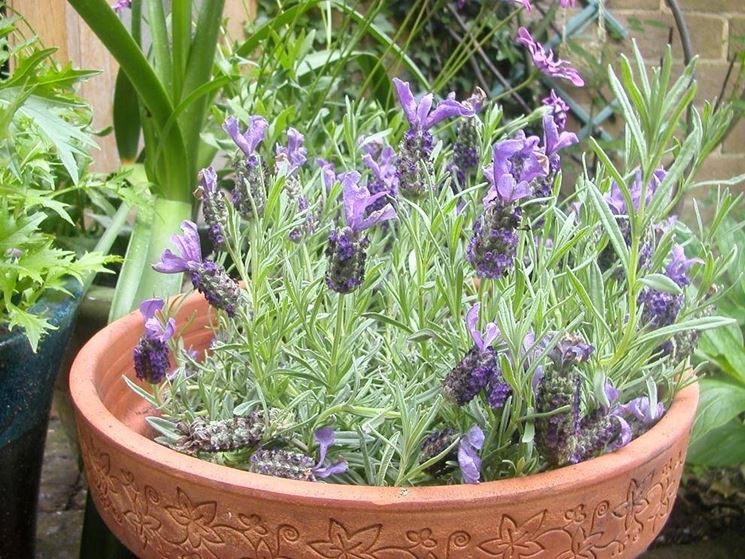
Named Lavender, Lavandula is one of the evergreen terrace plants best suited to the Mediterranean climate. There are forty different species belonging to the Lamiaceae family. Well known for its valuable and fresh scent, it is an evergreen shrub composed of small foliage and lanceolate shapes. To grow luxuriantly, it is advisable to place it in very sunny areas, irrigation must not be abundant as stagnant water causes rot to the root system. It does not tolerate too cold winter temperatures and must be protected from strong currents. The flowers develop in spikes and are available in different shades of violet. According to the different species, the flowering period generally begins in spring and continues even during the summer.
Furnish the terrace with evergreen plants
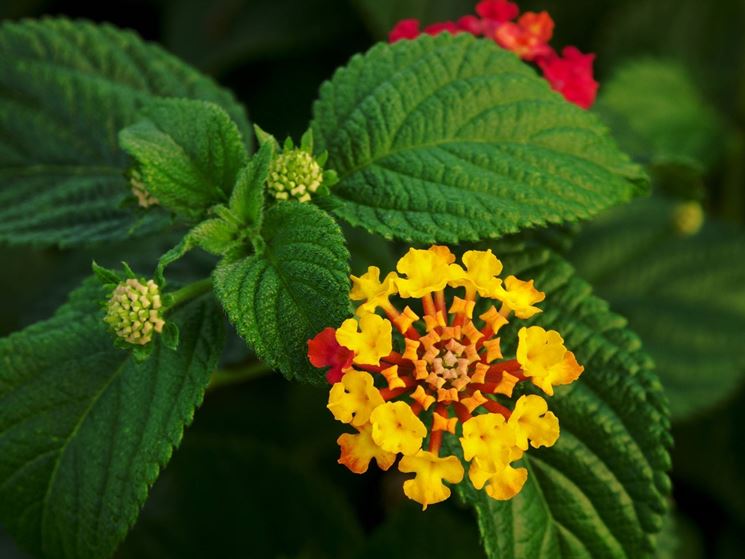
Native to the tropical African and American regions is the Lantana, an evergreen herbaceous and shrubby plant, belonging to the Verbenaceae family in more than one hundred and fifty different varieties. The leaves are small, bright green and lanceolate. It is not a plant suitable to withstand too cold winters, to survive it must be sheltered from cold currents. For abundant growth and flowering, the plant needs to receive several hours of direct sun per day. Irrigation must be constant in summer, avoiding stagnation while during the winter, water only if necessary. Flowering is guaranteed from spring to autumn in a constant way, in fact, the Lantana is characterized by the production of flowers grouped in corymbs available in many different shades of color.

